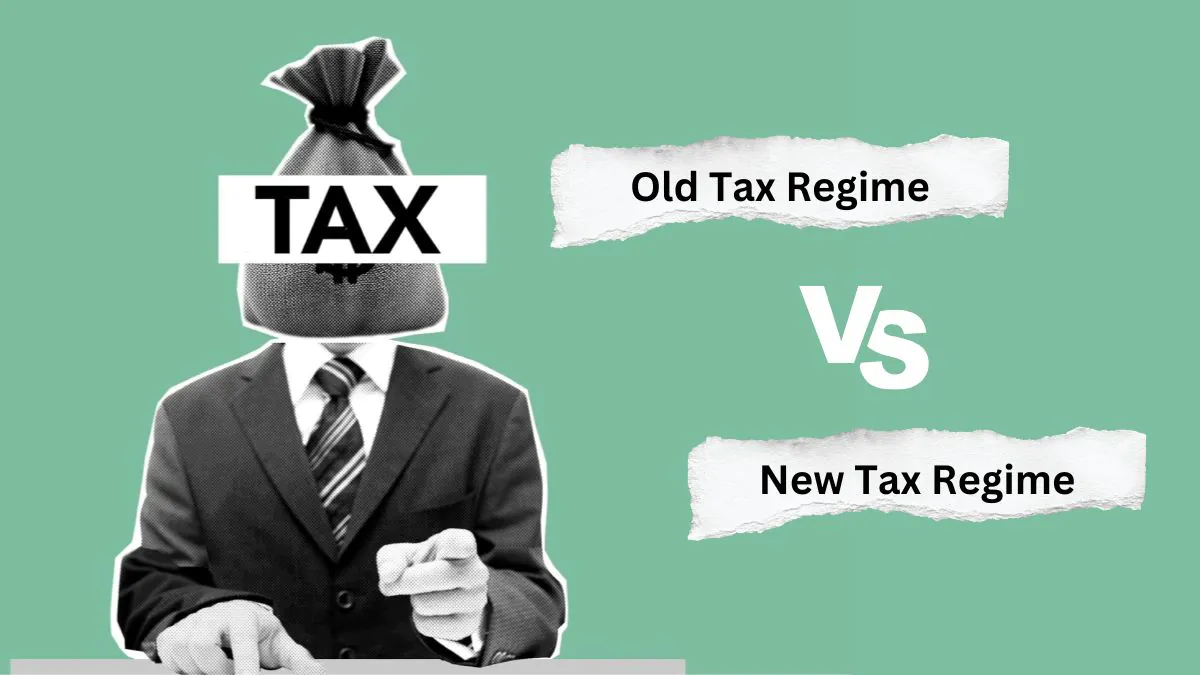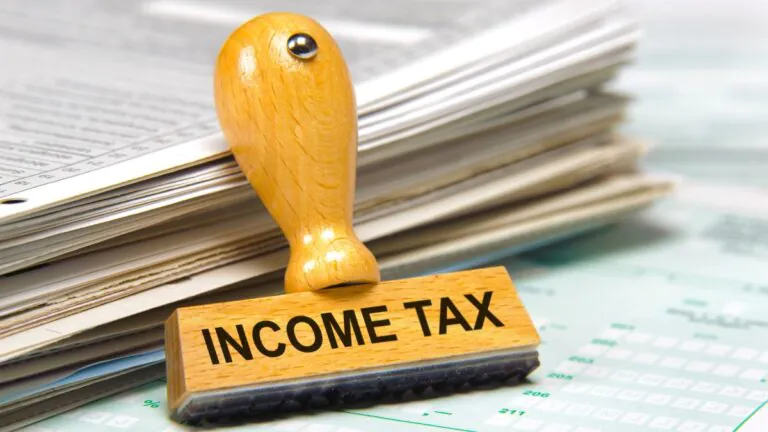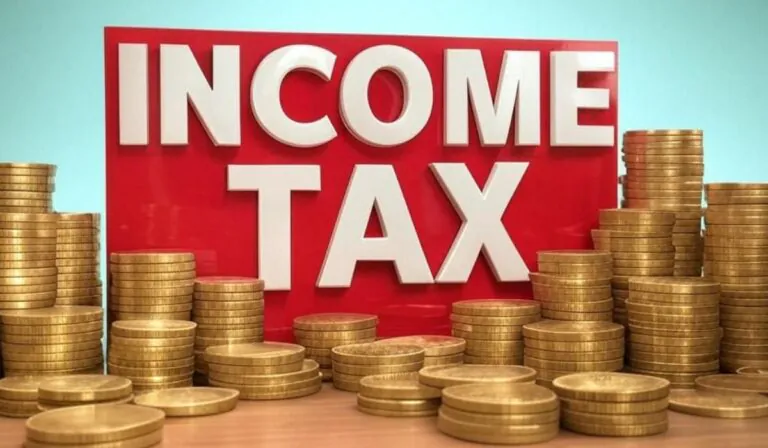New Tax Slabs FY 2025 – 26: Old vs. New Regime – Which One Saves More?

Table of Contents
ToggleShare this article ↷
Feeling lost with the new tax rules? Bhai, you’re not alone! Every year, tax season rolls around, and it’s like a jalebi of confusion for most of us. The Indian government keeps tweaking the tax system, and for FY 2025 – 26, we’ve got some fresh updates to chew on.
There’s the Old Tax Regime, the purana way of doing things, and the New Tax Regime, the naya kid on the block. Both have their own masala, and picking the right one can save you some serious paisa.
So, what’s the deal? The Old vs. New Regime debate is all about finding what works best for you. In this article, we’ll break down simple si baat, so you can figure out which option is your tax – saving dost for FY 2025 – 26.
Read also: Income Tax Update – Steps to Prepare Before April 2025
Old vs. New Regime
Understanding the Old Tax Regime
What is the Old Tax Regime? Its History
The Old Tax Regime is the OG of India’s tax system. It’s been around forever, like your nani’s secret recipe for aloo paratha. This regime lets you claim deductions and exemptions to lower your taxable income. Think of it as a bazaar where you can bargain your tax bill down with the right moves.
Key Features of the Old Regime
- Deductions Galore: You can cut your taxable income with investments and expenses.
- Exemptions: Stuff like HRA (House Rent Allowance) and LTA (Leave Travel Allowance) can shrink your tax.
- Higher Rates: Tax slabs are steeper, but deductions balance it out if you play smart.
Popular Deductions Under the Old Regime
- Section 80C: Up to ₹1.5 lakh for things like PPF, ELSS, or life insurance.
- HRA: Renting a ghar? This can save you a chunk.
- Section 80D: Health insurance premiums up to ₹25,000 (or ₹50,000 for seniors).
- Home Loan Interest: Up to ₹2 lakh off your taxable income.
Who Benefits Most from the Old Tax Regime?
High Investment Individuals
If you’re the type who loves parking paisa in PPF, mutual funds, or a shiny new flat, the Old Regime is your bhai. It rewards those who invest heavily.
People with Home Loans
Got a home loan EMI burning a hole in your pocket? The interest deduction can be a game – changer.
Example: How Deductions Lower Taxable Income
Let’s say you earn ₹10 lakh a year. With ₹1.5 lakh in 80C, ₹50,000 in HRA, and ₹1 lakh in home loan interest, your taxable income drops to ₹7 lakh. Bada relief, na?
Real – world Case Study: Mr. Sharma Maximizes His Savings
Mr. Sharma, a 45 – year – old bank manager from Delhi, earns ₹15 lakh annually. He invests ₹1.5 lakh in PPF, pays ₹2 lakh in home loan interest, and claims ₹50,000 in HRA. Under the Old Regime, his taxable income falls to ₹11 lakh, saving him nearly ₹1 lakh in taxes compared to no deductions. Sharma ji ka plan zabardast hai!
Exploring the New Tax Regime
What is the New Tax Regime? Its Purpose
The New Tax Regime came in 2020, promising a chhota tax bill with less jhanjhat. It’s designed to simplify things – no deductions, just lower rates. The government’s idea? Make taxes straightforward for the common janta.
Key Features of the New Regime
- Lower Tax Rates: Slabs are gentler on your wallet.
- Fewer Deductions: Only a standard deduction of ₹75,000 for salaried folks and NPS contributions stay.
- No Exemptions: Say bye – bye to 80C, HRA, and the rest.
The Appeal of Simplicity
No need to hoard receipts or chase CAs. It’s a chill pill for those who hate tax paperwork.
Who Benefits Most from the New Tax Regime?
Individuals with Fewer Investments
Not into PPF or stocks? The New Regime keeps it sasta and simple.
People Starting Their Careers
Freshers with low savings love this – no deductions needed, just lower taxes.
Example: How Lower Rates Impact Take – home Pay
Earning ₹8 lakh? Under the New Regime, you pay ₹30,000 in tax after the ₹75,000 standard deduction. No investments, no fuss – just more paisa in your pocket.
Real – world Case Study: Ms. Patel Benefits from Lower Taxes
Ms. Patel, a 28-year-old IT newbie from Bengaluru, earns ₹9 lakh a year. She hasn’t invested much yet. With the New Regime, her tax is ₹37,500 after the standard deduction – way less than the ₹78,000 she’d pay under the Old Regime without deductions. Nayi zindagi, nayi savings!

FY 2025 – 26 Tax Slabs: A Detailed Comparison
Old Regime Tax Slabs for FY 2025 – 26
Income Brackets and Applicable Rates
The Old Regime hasn’t changed for FY 2025 – 26. Here’s how it looks for individuals under 60:

Note: Add 4% Health & Education Cess. Rebate up to ₹12,500 if income ≤ ₹5 lakh.
New Regime Tax Slabs for FY 2025 – 26
Income Brackets and Applicable Rates
The New Regime got a dhamakedaar update in Budget 2025, effective April 1, 2025:

Perks: ₹60,000 rebate under Section 87A means zero tax up to ₹12 lakh. Salaried folks get a ₹75,000 standard deduction, pushing the no – tax limit to ₹12.75 lakh.
Side – by – Side Analysis: Which Regime Offers Lower Tax?
Illustrative Examples at Different Income Levels
- ₹7 lakh income: Old vs. New Regime
Old: ₹33,800 (with no deductions).
New: ₹0 (thanks to rebate). Winner: New Regime.
- ₹15 lakh income: Old vs. New Regime
Old: ₹2.34 lakh (with ₹3 lakh deductions).
New: ₹1.35 lakh. Winner: Old Regime if deductions are high.
Old vs. New Regime: Choosing the Right for You
Factors to Consider Before Making a Choice
Investment Habits
Love saving in FDs or SIPs? Old Regime’s your bhai. Barely invest? New Regime’s the boss.
Deduction Availability
Got HRA or a home loan? Old Regime shines. No such perks? New Regime’s sahi hai.
Income Level
Low earners (up to ₹12 lakh) win with New Regime. High rollers with deductions? Old Regime zindabad.
Tools and Calculators: Estimate Your Tax Liability
Online Tax Calculators
Websites like Income Tax Portal let you punch in numbers and see your tax under both regimes. Easy peasy!
Seek Professional Advice
Confused about choosing between the Old vs. New Regime? A CA can sort your tax ka chakkar in no time!
Actionable Checklist for Making Your Decision
- List your income sources.
- Add up deductions (80C, HRA, etc.).
- Compare tax with an online calculator.
- Check if New Regime’s rebate beats Old Regime’s savings.
- Decide before filing your ITR!
Conclusion: Make an Informed Decision
The Old vs. New Regime battle boils down to this: Old gives you deduction tadka, New offers lower rates and simplicity. For FY 2025 – 26, the New Regime’s ₹12 lakh zero – tax limit is a bada bonus, but the Old Regime still rocks if you’ve got investments or loans.
Apna situation dekho – run the numbers, think about your habits, and pick what saves you more paisa.
Tax planning isn’t just about filing ITR; it’s about keeping your hard-earned money. So, grab a calculator, sip some chai, and make a smart call. Which regime are you leaning toward? Drop a comment below and let’s baat cheet!
Disclaimer
Well Returns is not a financial adviser. The content provided here is for informational purposes only and is intended to offer a brief overview and general knowledge. It is not a substitute for professional financial advice. Please consult a qualified financial adviser before making any financial decisions or investments.
Related FAQs
The new regime has higher tax slabs compared to the old regime.
The new regime generally saves more money for taxpayers.
Yes, some taxpayers may find the old regime more beneficial.
Taxpayers should calculate their taxes under both regimes to compare.
Taxpayers must carefully consider all factors before switching tax regimes.






